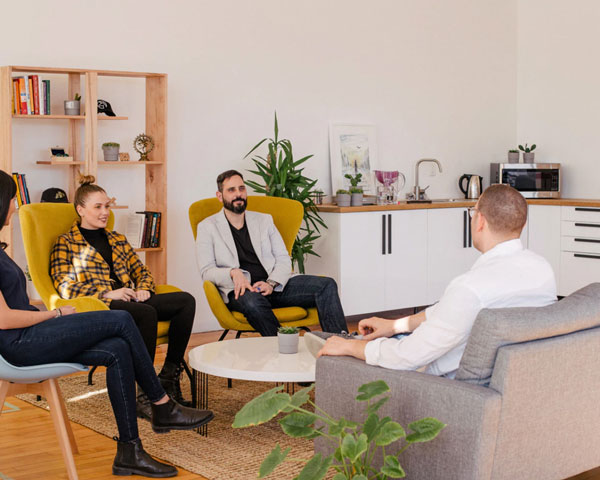Discover apps and games that are worth it.
Discover Technologies That Make Your Day More Interesting
Discover new options
Discover digital tools and experiences that match your pace and tastes.
Expand your repertoire.
Take advantage of our curated suggestions to test features, try out games, and discover useful apps.

Trust Us
We Are Here to Help!
If you are looking for a reliable business coach with whom you share your mind and get the best business advice you've been looking for, we are here. With 10 years of experience in helping businesses grow, we've mastered the skills of studying the market for you and helping you cope up with the latest trends that'll take your business to the next level.
Earning Robux in Roblox is now easier and safer. – OW2
No Comments
Understand how modern solutions can transform the way you manage your budget
Earning Robux in Roblox is now easier and safer. – OW
No Comments
Understand how modern solutions can transform the way you manage your budget
Earning Robux in Roblox is now easier and safer. – P1
No Comments
Understand how modern solutions can transform the way you manage your budget
The secret to earning Robux on Roblox quickly and without falling for scams
No Comments
Earning Robux isn't just about “buying currency.” In the Roblox ecosystem, Robux is the engine…
Earning Robux on Roblox is now easier and safer – IOW
No Comments
Understand how modern solutions can transform the way you manage your budget
Earning Robux on Roblox is now easier and safer – P1
No Comments
Understand how modern solutions can transform the way you manage your budget
Why Choose Us?
We are well-experienced business
professionals with younger minds.
Passion & Commitment
Honesty & Openness
Dedicated Team
Practical Approach

Trusted by Leaders
Diam, urna, ornare leo facilisis suspension said I rutrum id cursus tincidunt nisl eget ornare pharetra ac pharetra.

Priscilla MarkusCompany Name
Diam, urna, ornare leo facilisis suspension said I rutrum id cursus tincidunt nisl eget ornare pharetra ac pharetra.

Kyle HoffmanCompany Name
Diam, urna, ornare leo facilisis suspension said I rutrum id cursus tincidunt nisl eget ornare pharetra ac pharetra.

Jason MylesCompany Name


